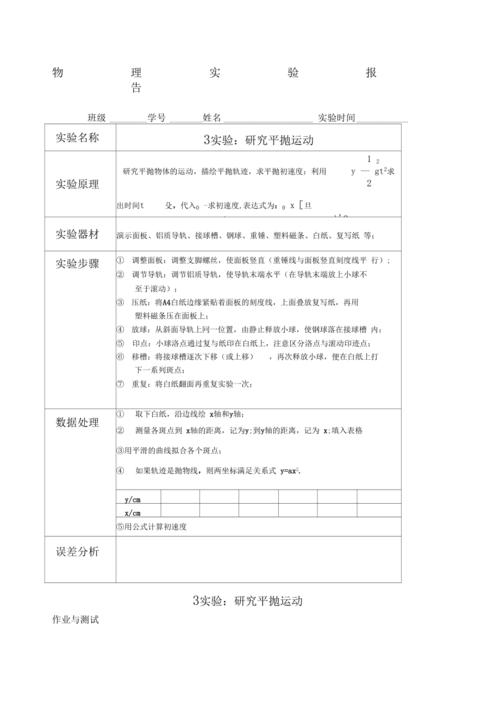关于健美操论文的研究方向
Title: Crafting a Comprehensive Research Report on Aerobics
Introduction:

A research report on aerobics serves as a valuable resource for documenting findings, insights, and recommendations derived from systematic study and analysis. This guide outlines the essential components and steps involved in crafting a thorough and insightful research report on aerobics.
1. Abstract:
Provide a concise summary of the research objectives, methodology, key findings, and conclusions. The abstract should give readers a clear overview of what the report entails.
2. Introduction:
Introduce the topic of aerobics, its significance, and relevance. Outline the purpose of the research, research questions, and objectives.
3. Literature Review:
Review existing literature on aerobics, including historical background, theories, principles, and previous research studies. Analyze gaps in current knowledge and identify areas for further investigation.
4. Methodology:
Detail the research design, including the approach (quantitative, qualitative, or mixed methods), participants, data collection methods (e.g., surveys, interviews, observations), and data analysis techniques. Justify the chosen methodology.
5. Results:
Present the findings of the research in a clear and organized manner. Use tables, charts, and graphs to illustrate key findings. Discuss any patterns, trends, or relationships identified in the data.
6. Discussion:
Interpret the results in the context of existing literature and theoretical frameworks. Analyze the implications of the findings and their significance for the field of aerobics. Address any limitations of the study and suggest areas for future research.
7. Conclusion:
Summarize the main findings and their implications. Reinforce the significance of the research and its contribution to the field. Provide recommendations for practitioners, policymakers, and researchers.
8. References:
List all sources cited in the report following a consistent citation style (e.g., APA, MLA). Ensure accuracy and completeness of references.
9. Appendices:
Include any supplementary materials such as raw data, survey instruments, interview transcripts, or additional analysis.
Guidelines for Writing:
Use clear and concise language, avoiding jargon or technical terms that may be unfamiliar to readers.
Structure the report logically, with each section flowing smoothly into the next.
Provide sufficient detail to support your findings and arguments, but avoid unnecessary repetition.
Use headings and subheadings to organize the content and facilitate navigation.
Proofread the report carefully for grammar, spelling, and punctuation errors.
Consider the needs and interests of your target audience when writing the report.
By following these guidelines and structuring your research report effectively, you can create a comprehensive and informative document that contributes to the body of knowledge on aerobics.











